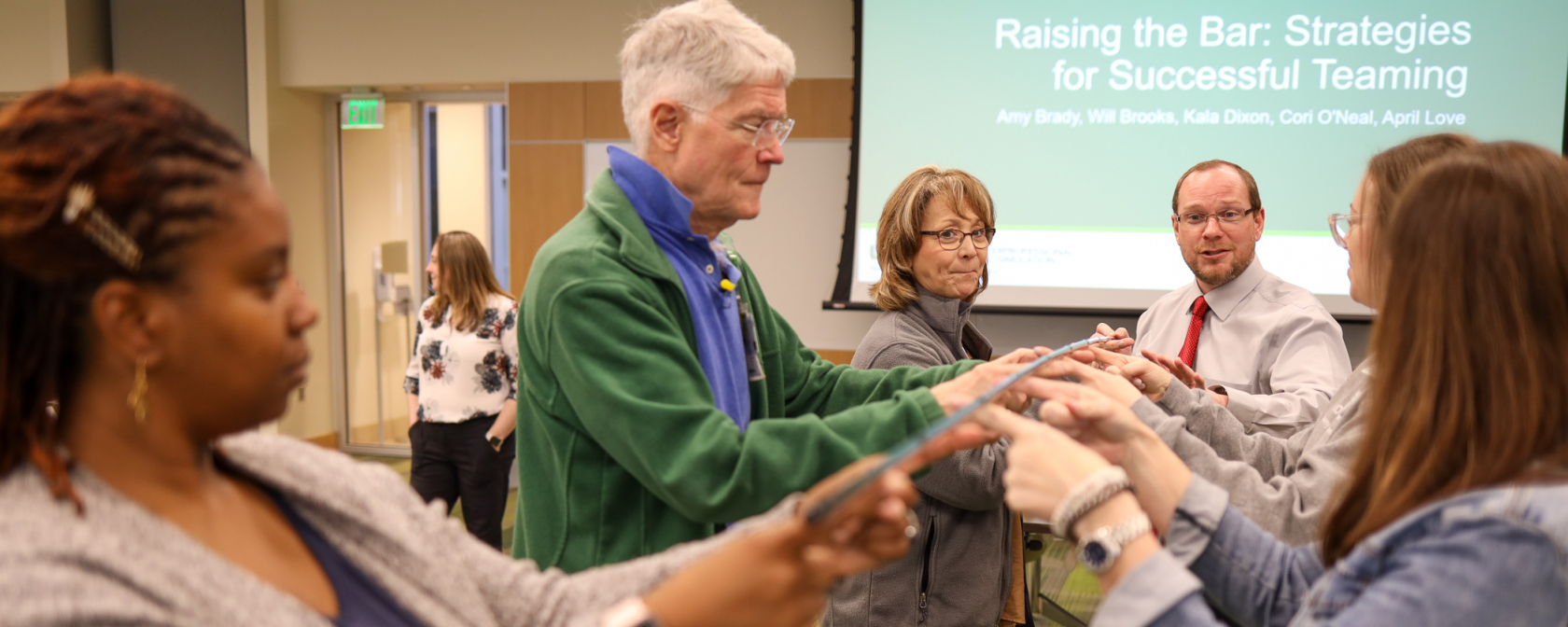Social Determinants of Health/Healthy People 2020
Social determinants of health are conditions in the environments in which people are born, live, learn, work, play, worship, and age that affect a wide range of health, functioning, and quality-of-life outcomes and risks. Conditions (e.g., social, economic, and physical) in these various environments and settings (e.g., school, church, workplace, and neighborhood) have been referred to as “place.”5 In addition to the more material attributes of “place,” the patterns of social engagement and sense of security and well-being are also affected by where people live. Resources that enhance quality of life can have a significant influence on population health outcomes. Examples of these resources include safe and affordable housing, access to education, public safety, availability of healthy foods, local emergency/health services, and environments free of life-threatening toxins.
Healthypeople.gov - full article
The Neighborhood Atlas - Free Social Determinants of Health Data for All!
At NIA, we know that achieving and maintaining good health is about more than biology. The neighborhoods where we live, work, play, worship and grow older play significant roles. Studying neighborhoods and their residents is a key step to advancing real-world health equities. The catch has been that gathering, sharing and accessing socioeconomic metrics about a particular neighborhood has proved difficult for researchers across many fields, including NIH-supported scientists who study aging. Until now!NIA, in partnership with the National Institute on Minority Health and Health Disparities (NIMHD) at the NIH, has funded a new publicly available tool that makes such metrics more accessible to all: The Neighborhood Atlas.
Read the full blog post.
Robin Barr, Director, Division of Extramural Activities (DEA), Nation Institute on Aging.Access the Atlas Here
